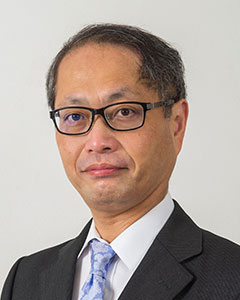Greeting

I am honored to have been appointed President of the Japanese Urological Association. It is with a profound sense of responsibility that I accept this role at the helm of our Association, which has a long and distinguished history. Although my abilities may be modest, I am fully committed to contributing to the continued advancement of our Association and the progress of urological medicine. I kindly ask for your continued support and cooperation.
Since its establishment in 1912, the Japanese Urological Association has supported the development of urology in Japan for over 110 years. Our activities encompass a wide range of initiatives, including the promotion of basic and clinical research, the dissemination of new medical technologies and surgical techniques, the development of clinical guidelines and general rules for clinical and pathological studies, the establishment of a board certification system, and the advancement of international academic exchange. Our membership continues to grow each year, and this year it has exceeded 10,000 members.
The environment surrounding urology is changing rapidly. With the ongoing aging of the population, the number of elderly patients requiring urological care continues to rise. In addition, advances in medical technology, such as genomic medicine, robotic surgery, and the development of new pharmaceuticals, are significantly transforming treatment methods for various urological conditions. Furthermore, the rise of digital and artificial intelligence technologies is reshaping society, and their application in healthcare is becoming increasingly important.
At the same time, there are numerous challenges that, while not directly related to medicine, greatly affect our field. These include workstyle reforms, the medical specialist system, regional disparities, rising costs of medical materials and pharmaceuticals, and the financial difficulties faced by hospitals.
The current environment surrounding urology is more complex than ever before, but it also holds great promise. To be able to walk this path together with all of you as President during such a time is an immense honor for me, as well as a significant challenge.
The future of the Japanese Urological Association rests on the efforts and dedication of each and every one of our members. I sincerely ask for your continued guidance and support as we work together toward the further development of urology.
Thank you very much.
- Haruki Kume, M.D., Ph.D
- Chair and Professor, Department of Urology, the University of Tokyo
